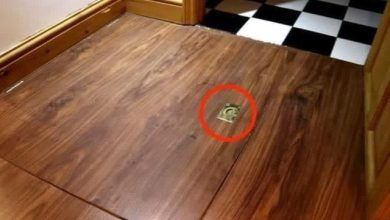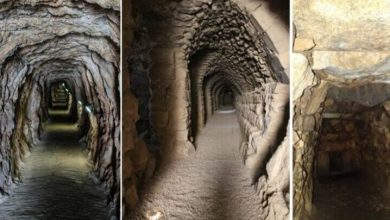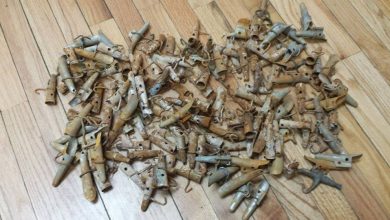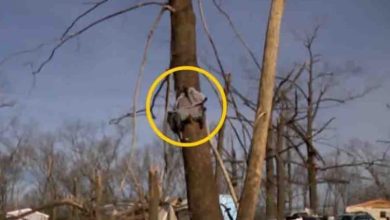Old thing
Donald Trump not welcome at the Met Gala – here’s why

Former President Donald Trump, once a frequent guest at the Met Gala, is no longer welcome at the exclusive event. In 2017, Vogue editor-in-chief Anna Wintour publicly stated on The Late Late Show that Trump is the one person she would never invite back.
Although Trump famously proposed to Melania at the Met Gala in 2004, Wintour’s remark signals a clear break between Trump and the fashion elite. While Melania may still receive invites, the couple’s overall exclusion reflects their strained ties with the entertainment and fashion worlds.




